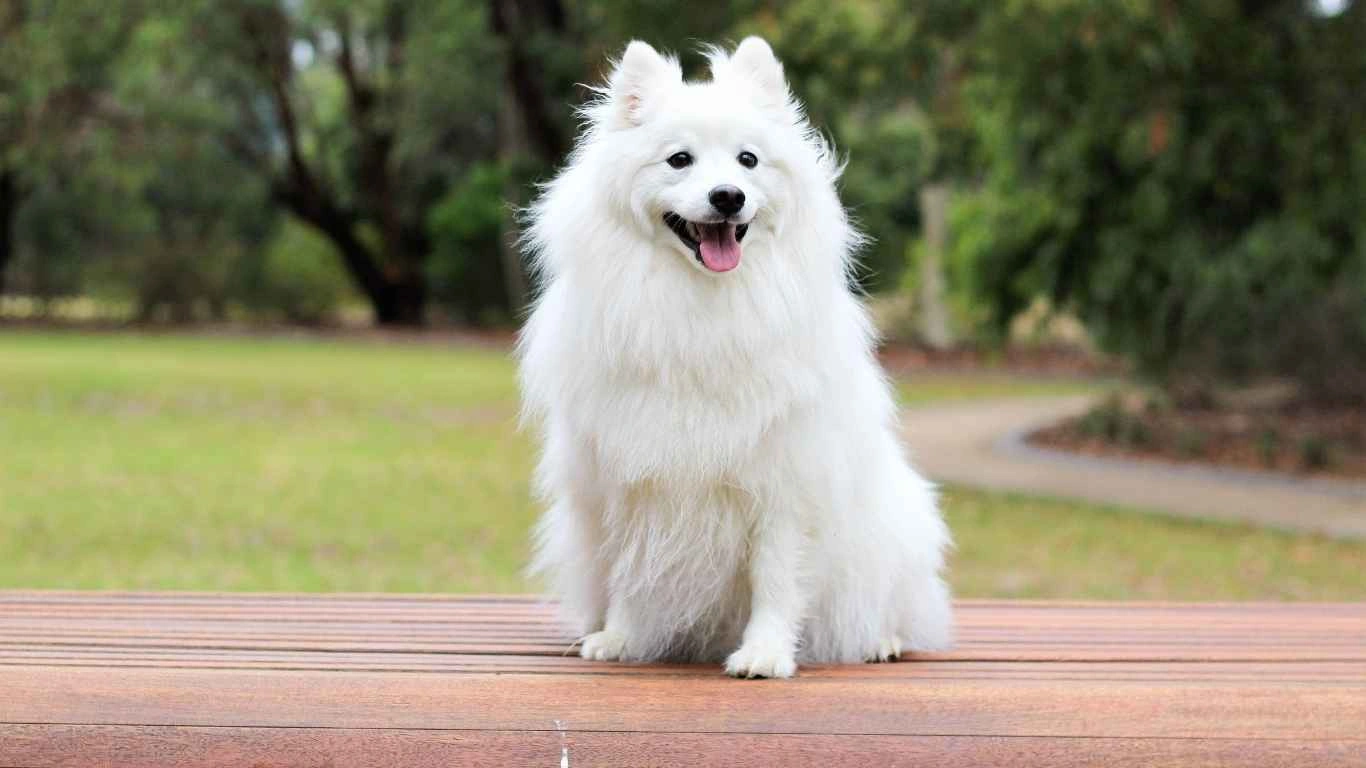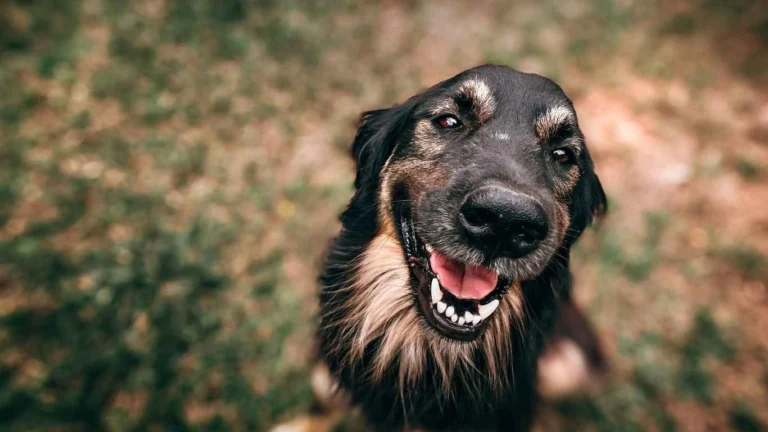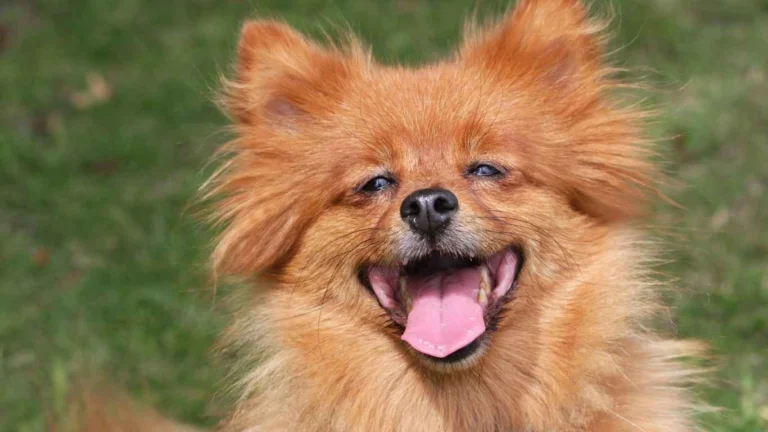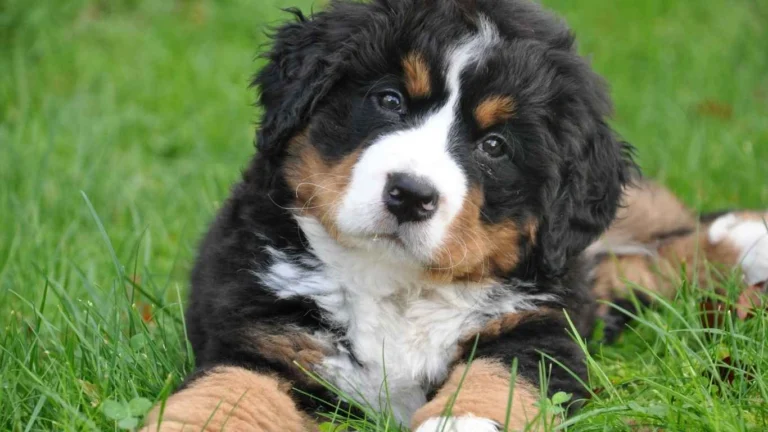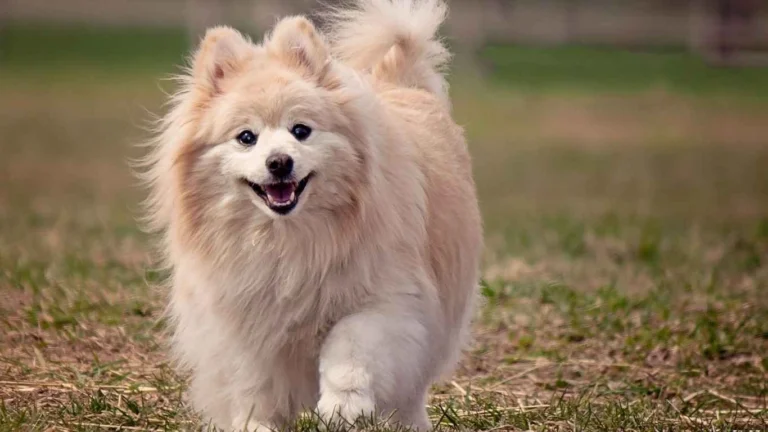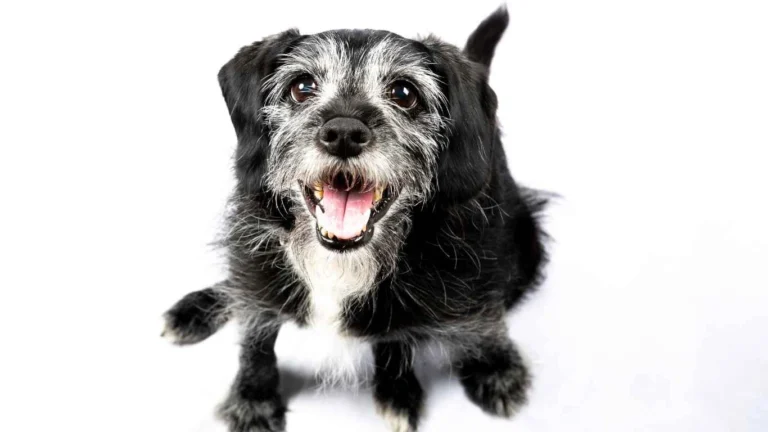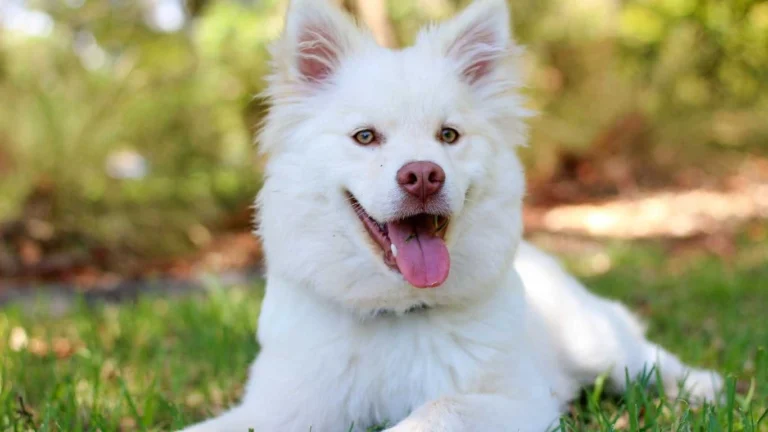Surprising Truth: Can Dogs Eat Raw Carrots Safely Every Day?
As someone who’s spent years working as an Animal Care Specialist in both pet clinics and shelters, one of the questions I hear all the time from dog parents is: Can dogs eat raw carrots? It’s such a common query—usually asked by folks standing in front of the fridge, carrot in hand, with their pup giving them the classic “feed me” eyes. The short answer? Yes, they can! But, like most things in the pet world, there’s a bit more to chew on.
Benefits of Raw Carrots for Dogs
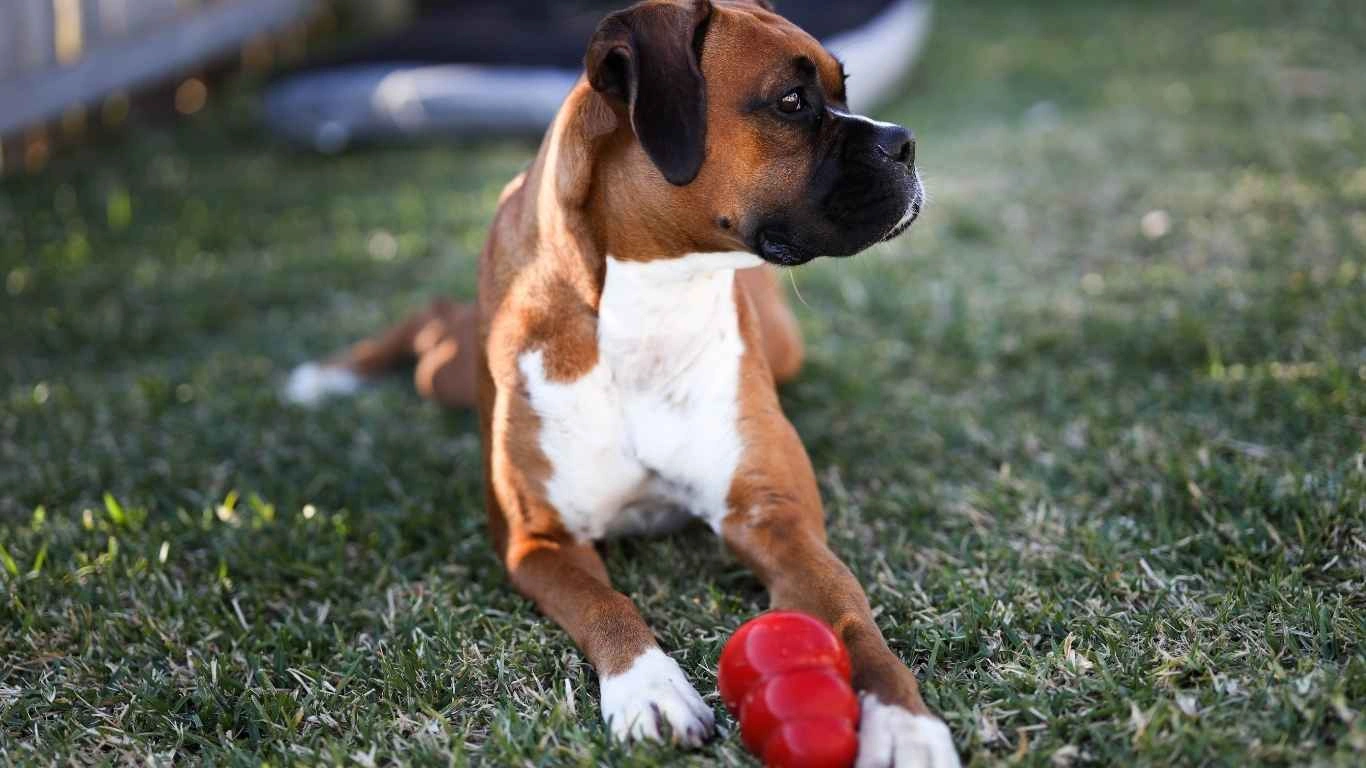
Why Carrots Make the Cut
When I was working at a local shelter in Austin, we used to hand out chopped raw carrots to our rescue pups as enrichment treats. Not only are they crunchy and fun to eat, but they’re also packed with some serious nutritional value. Carrots are loaded with beta-carotene, which your dog’s body converts into vitamin A—great for vision, immune health, and a shiny coat.
They’re also low in calories and high in fiber, making them a fantastic choice for dogs who might need to lose a few pounds or just maintain a healthy weight. Plus, the crunchiness helps with dental health by gently scraping away plaque as your dog chews.
What’s in a Carrot?
- Vitamin A: Supports vision, growth, and immune function.
- Vitamin K: Plays a role in blood clotting.
- Potassium: Aids in nerve and muscle function.
- Fiber: Promotes healthy digestion.
- Antioxidants: Help fight off cellular damage.
Are There Any Risks?
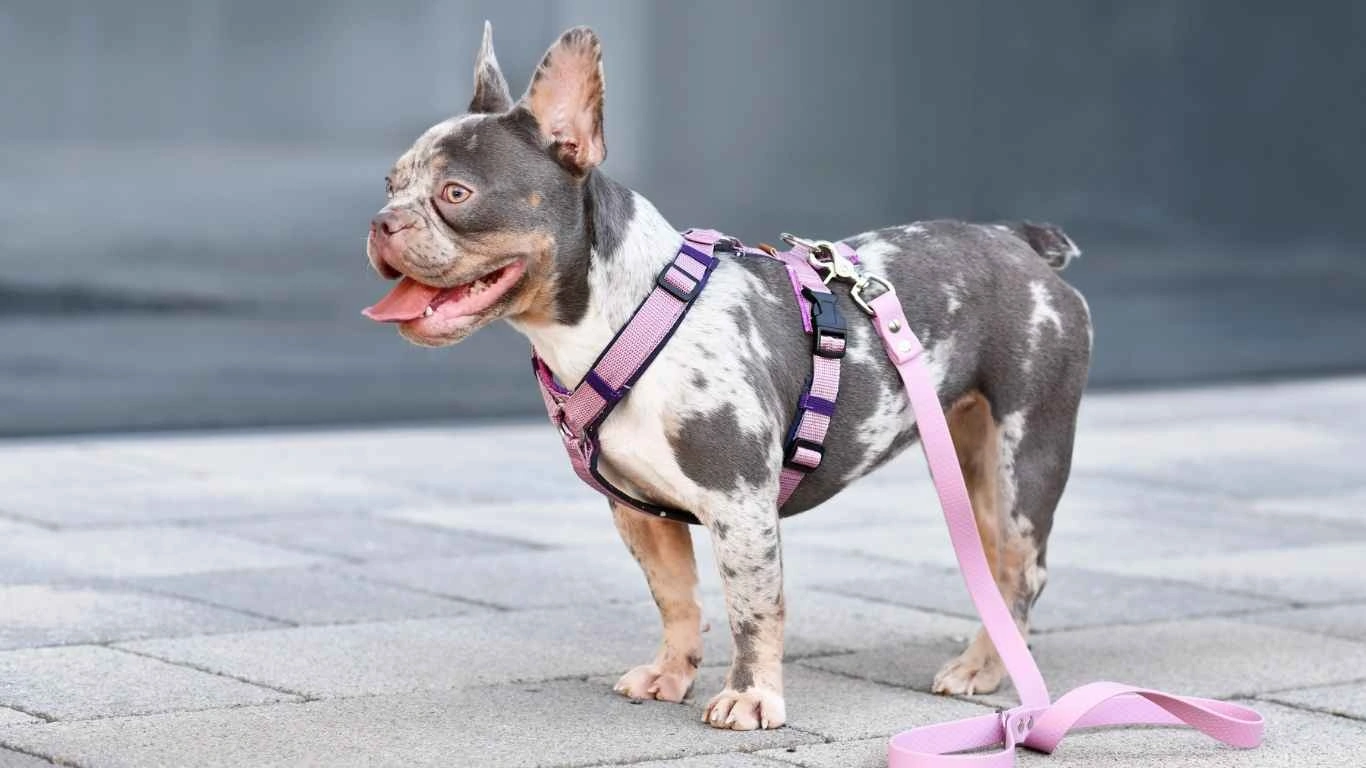
Choking Hazards and Portion Control
Okay, so yes—dogs can eat raw carrots, but that doesn’t mean you should toss them a whole one and walk away. Especially for smaller dogs, a whole raw carrot can be a choking hazard. Always chop them into bite-sized pieces based on your pup’s size. I learned this the hard way during a wellness check when a tiny terrier named Ruby tried to inhale a baby carrot and scared us all silly.
Also, moderation is key. While carrots are healthy, too many can lead to tummy troubles like gas or even mild diarrhea. Start small and see how your dog reacts—every pup’s digestive system is a little different.
When to Be Cautious
If your dog is diabetic or on a special diet, it’s always best to check with your vet before introducing something new. Carrots do contain natural sugars, and while it’s a small amount, it’s worth mentioning for dogs with special dietary needs.
How to Safely Serve Raw Carrots to Dogs
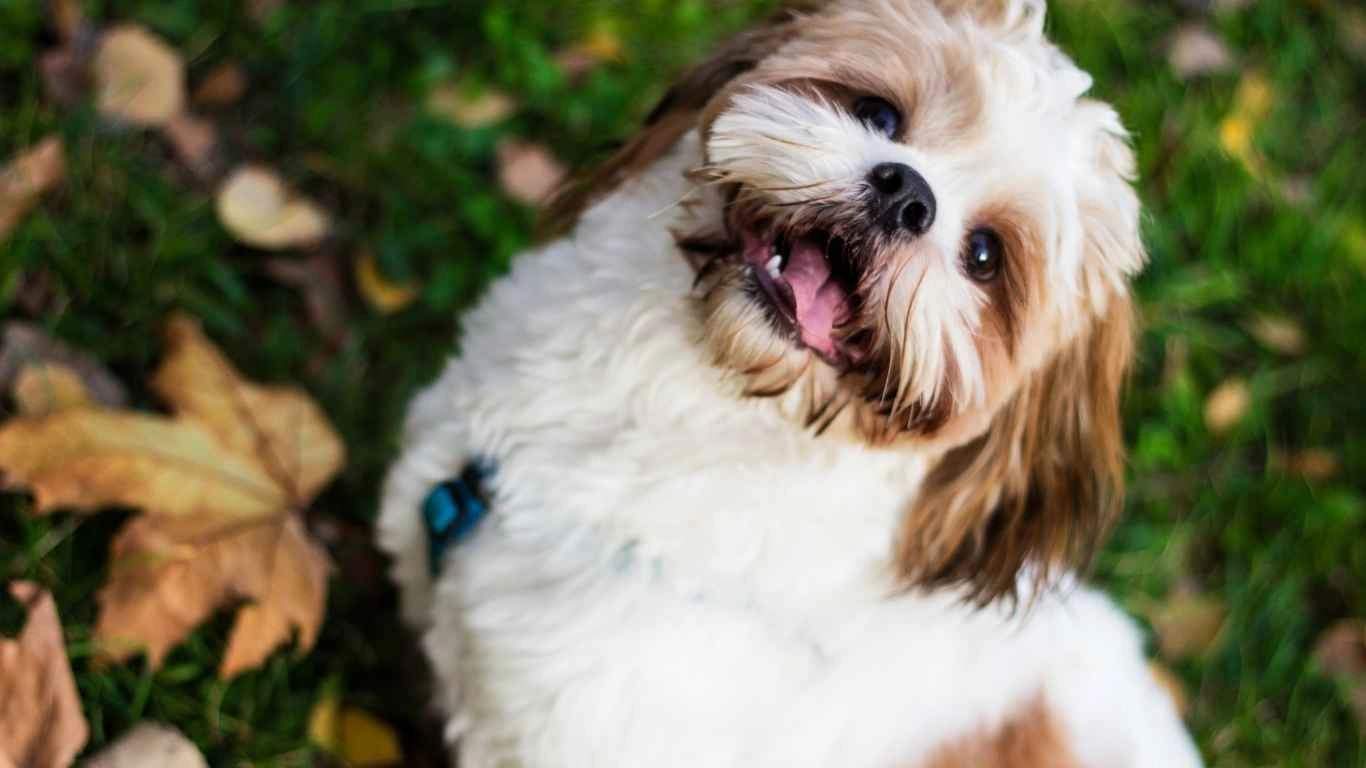
Prep Ideas from the Clinic Days
Back in the clinic, we had a few go-to ways of prepping carrots that dogs absolutely loved. It doesn’t have to be complicated either! Here are some easy ideas:
- Shredded: Perfect for sprinkling over kibble—adds texture and flavor.
- Frozen Slices: Ideal for teething puppies or hot summer days.
- Carrot Coins: Quick, snack-sized bites for training sessions or treat time.
And if you’re feeling fancy? Try mixing shredded carrots with plain, unsweetened yogurt and freezing them in silicone molds for DIY doggie treats. It was always a hit with our clinic’s more food-motivated patients.
Creative Ways to Add Carrots to Your Dog’s Diet

Mixing Things Up
Once you know your pup is cool with raw carrots, the fun begins! One of my favorite things back at the shelter was finding ways to make nutritious foods exciting. And carrots? They’re seriously versatile. You can jazz up your dog’s meals in all sorts of simple, creative ways.
- Meal Topper: Finely chopped or shredded carrots make a great colorful topping over kibble or wet food.
- Frozen Chews: Stick carrot sticks in the freezer and give them to your pup as a healthy, crunchy “pupsicle.” Great for teething puppies or hot days!
- Stuffed Toy Filler: Mix chopped raw carrots with a spoon of unsweetened peanut butter and stuff it into a Kong toy for hours of entertainment.
We even had a few volunteers who’d blend raw carrots with apples and water to make homemade frozen dog pops. That was always a hit during adoption events in the summer!
How Raw Carrots Compare to Cooked Ones
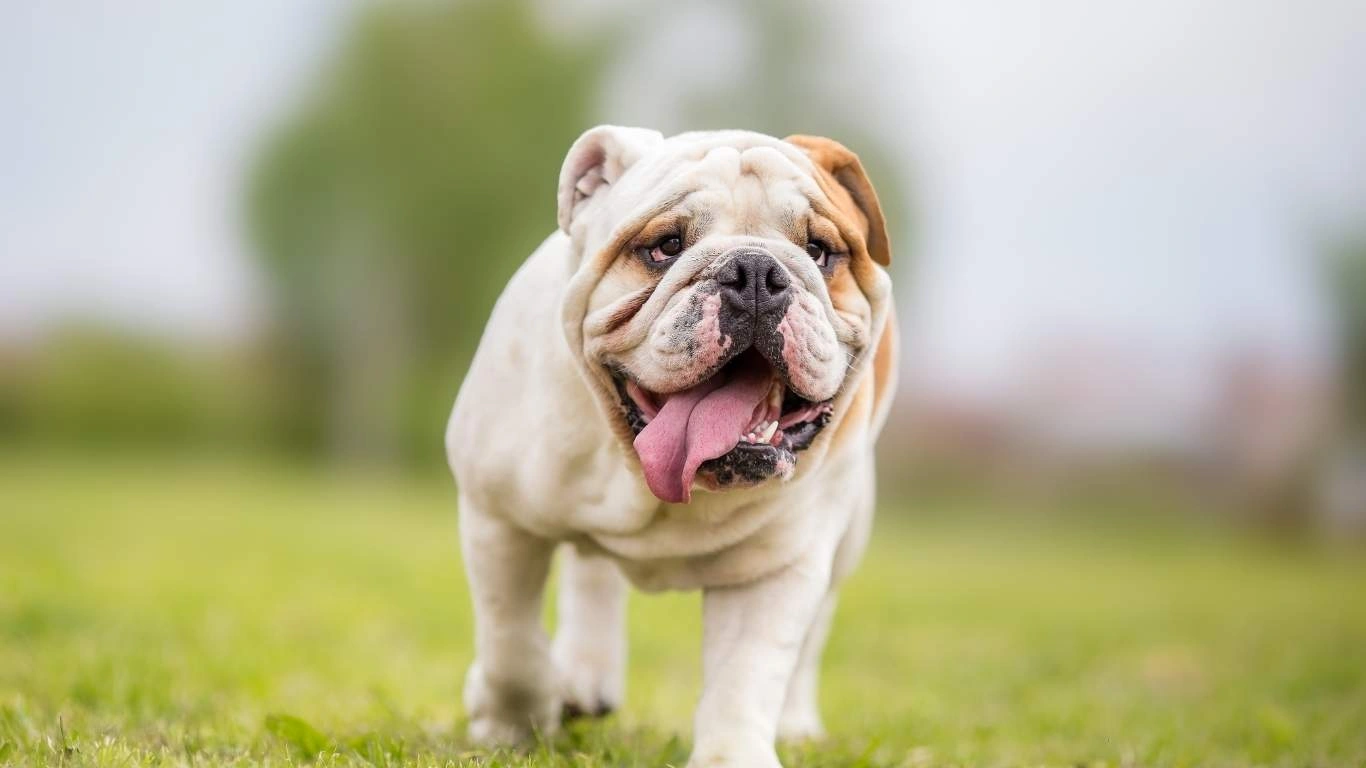
Raw vs. Cooked: What’s the Difference?
So, can dogs eat raw carrots? Absolutely, and now you know why. But what about cooked ones? Are they just as good? Short answer: yes, but there’s a slight nutritional twist.
When you cook carrots (especially boiling them), some of the vitamins—like vitamin C—can be lost. But cooking also makes some nutrients easier to absorb, like beta-carotene. Steamed or lightly sautéed carrots (no oil, salt, or seasonings) are a gentle option for dogs with sensitive stomachs or seniors who can’t crunch like they used to.
Back in the clinic, we had a few older dogs who preferred their carrots steamed. It was easier on their teeth and still super healthy. So really, you can’t go wrong—it just depends on what your dog prefers and can tolerate.
When to Skip the Raw Stuff
There are some rare cases when raw carrots might not be the best idea. If your dog has a condition like pancreatitis or a highly restrictive diet, consult your vet first. That’s one thing I always emphasized to new pet parents—personalized advice beats one-size-fits-all tips every time.
Signs Your Dog Loves (or Hates) Carrots
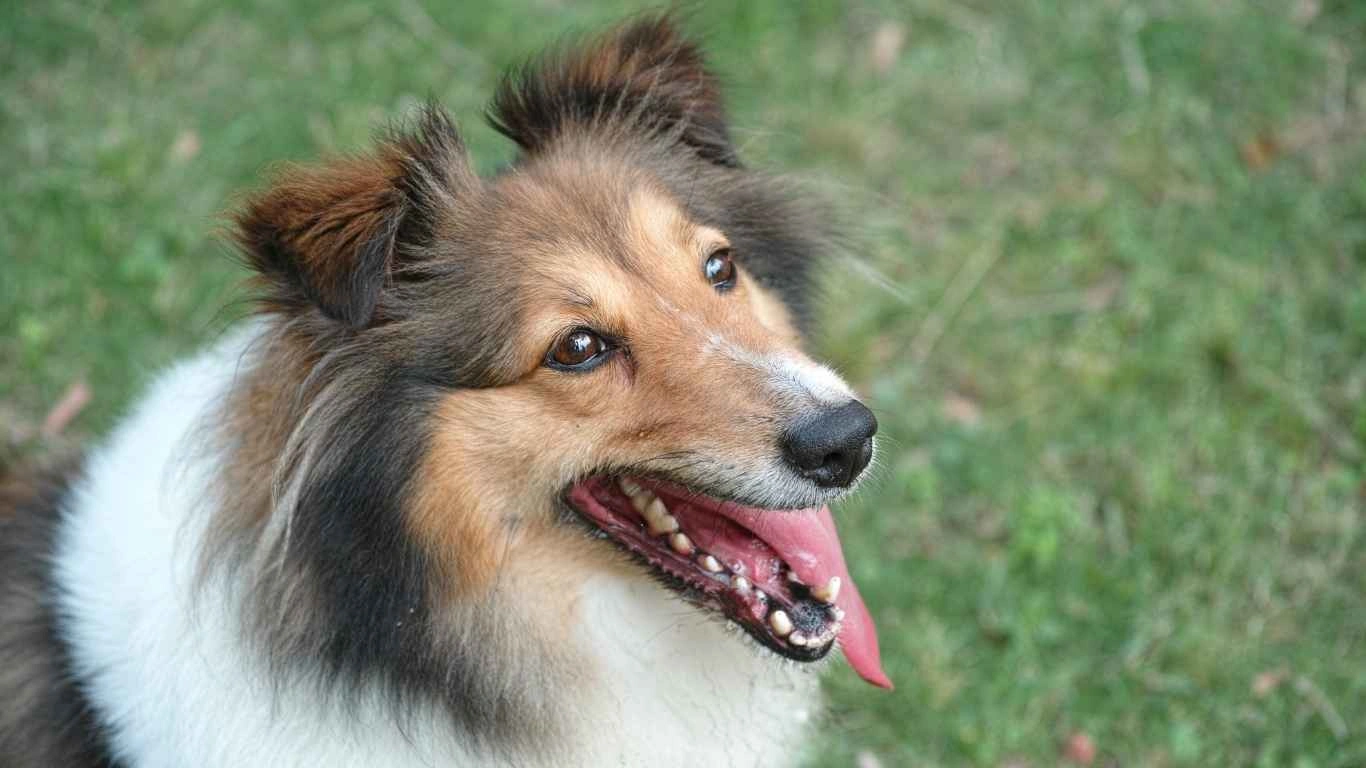
What to Watch For
If you’re offering your pup carrots for the first time, keep an eye out for how they respond. Every dog is a bit of a mystery when it comes to new snacks—some go wild for raw veggies, others give you the “are you kidding me?” look.
Here are a few signs your dog’s into it:
- Wagging tail and eager eyes
- Sniffing, licking, and munching without hesitation
- No digestive upset after a few tries (yay!)
And if they’re not fans?
- Sniffs and walks away (classic move)
- Spits it out like it’s an insult to their taste buds
- Leaves it buried under the couch cushion for “later”
I’ve seen it all, trust me. There was a Great Dane who’d only eat carrots if they were dipped in plain yogurt. Meanwhile, a Chihuahua named Pixie once turned up her nose so dramatically at a carrot stick, you’d think it was poison. Moral of the story: every dog is different.
Make it Fun, Not Forced
If your dog isn’t into carrots, that’s totally fine. There are plenty of other healthy treats out there. But if they do like them, awesome! Use it to your advantage—carrots are affordable, easy to store, and super low-effort as a snack.
Just remember, no treat—no matter how healthy—should replace a balanced diet. Treat carrots like a supplement, not a staple, and your pup will be just fine.
Training With Carrots: A Healthy Motivation Tool
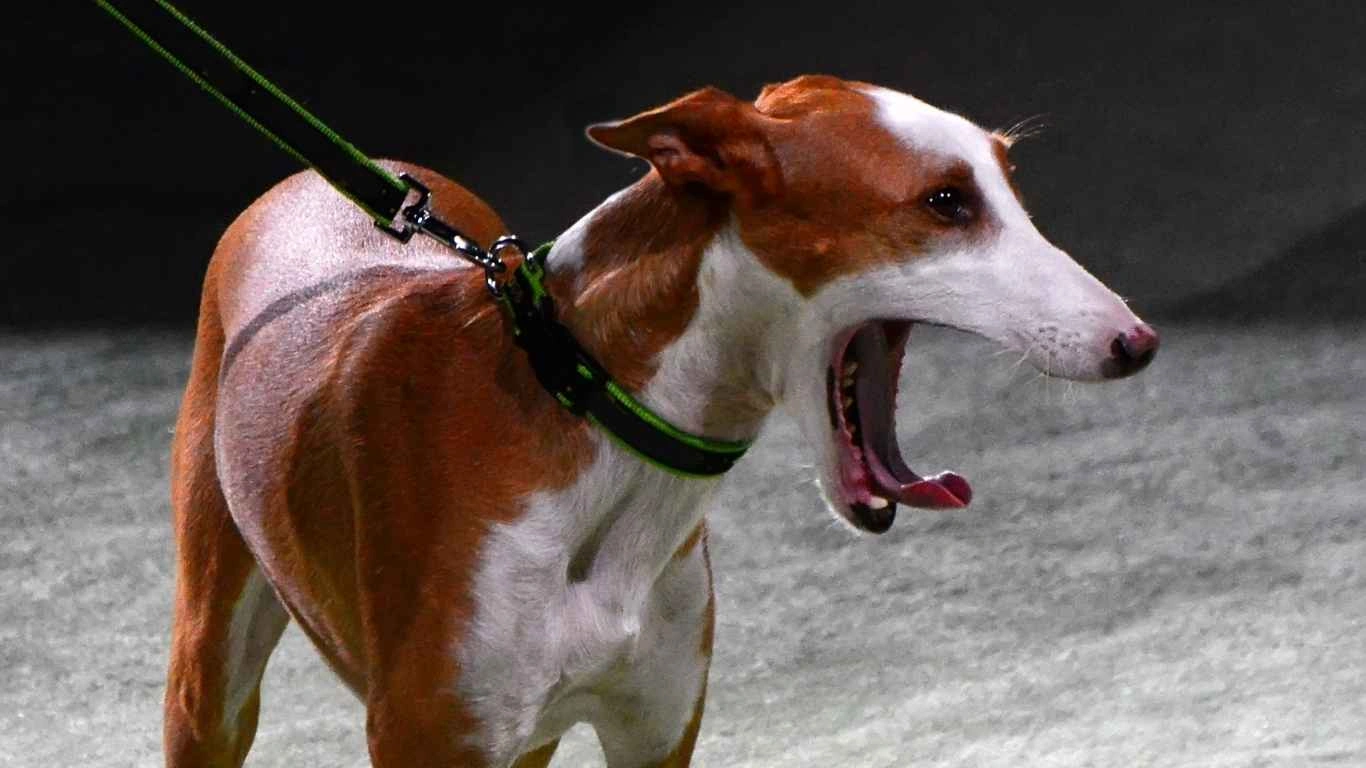
Why Trainers (and Vets) Love Them
If you’ve ever worked in a shelter or training clinic like I have, you know how crucial it is to find treats that are both motivating and healthy. That’s where raw carrots really shine. They’re not just a nutritious snack—they’re also a fantastic training tool.
One of our go-to tricks was using tiny carrot slices during basic obedience sessions. Dogs stayed focused, and we didn’t have to worry about overfeeding them like we might with fatty or processed treats. The crunchy texture and mild sweetness of raw carrots worked wonders, especially with food-driven pups like Labs and Beagles.
If you’re doing at-home training, just slice carrots into pea-sized bits and use them as rewards. They’re mess-free, smell fine (unlike some meaty treats), and easy to keep in a pocket during walks or play sessions.
Can Puppies Eat Raw Carrots?
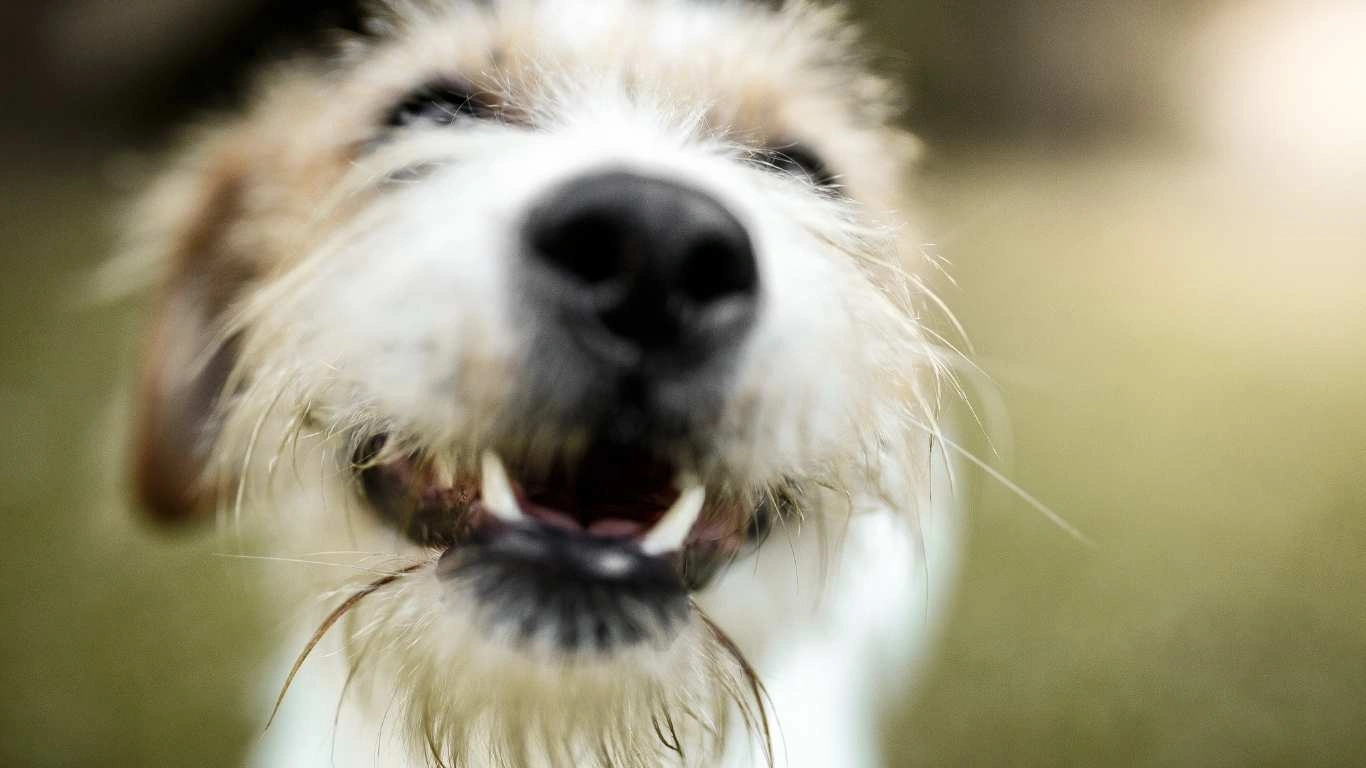
Safe for Young Dogs?
Another common question I’d get from new puppy parents: Can dogs eat raw carrots—even puppies? And yes, they sure can, with a few important guidelines in mind.
Carrots can actually be amazing for teething puppies. I used to freeze them for our litters at the shelter, and the relief those pups got was instant. The icy crunch helped soothe their sore gums while giving them something healthy to chew. Just be sure the pieces aren’t too hard or big—small pups can still choke if you’re not careful.
For very young puppies (under 8 weeks), you’ll want to wait or check with your vet before introducing any raw vegetables. Once they’re weaned and starting solid foods, carrots can become a safe, crunchy addition in moderation.
Tips for Teething Relief
- Use frozen carrot sticks as a gentle chew option
- Grate carrots over puppy food to introduce texture
- Supervise always—never let a puppy chew unattended
Expert Advice: What the Pros Say
It’s not just personal experience that supports the carrot trend. According to several veterinary nutrition resources and trainers, carrots are a solid choice for dogs as part of a balanced diet. Organizations like the American Kennel Club and ASPCA also list them as safe and beneficial.
Veterinarians especially love that carrots offer vitamins and fiber without triggering allergies or weight gain, which makes them suitable for a wide range of dogs—from hyperactive terriers to senior lap dogs with slower metabolisms.
You can always dive deeper through credible sources like:
Let Your Dog Be the Judge
At the end of the day, your dog’s taste buds and tummy will tell you everything you need to know. Like people, dogs have their own likes and dislikes—and while one might gobble carrots like candy, another might prefer green beans or blueberries.
As a general rule, start small, monitor your pup’s reaction, and if all goes well, you’ve just found a low-cost, low-calorie, high-nutrient treat to add to your rotation. Win-win!
Also, don’t forget to have fun with it. Introduce carrots during playtime, hide them in puzzle toys, or even bake homemade dog biscuits with carrot shreds. I’ve seen so many dogs light up over these simple, joyful moments—and that’s really what it’s all about, right?
Final Thoughts (from One Dog-Lover to Another)
So, can dogs eat raw carrots? Now you know—the answer is a hearty yes. But what makes this snack even better is how it can fit into your dog’s routine in so many ways. From training to teething, from crunchy treats to meal toppers, raw carrots are more than just safe—they’re seriously awesome.
Just be mindful of portions, prep them properly, and when in doubt, reach out to your vet. Because while I’ve seen hundreds of dogs benefit from raw carrots, every pup is unique—and your dog deserves care that’s just as special.
Thanks for letting me share some stories and knowledge from the clinic floor. If it helps even one pup out there crunch happily (and healthily), I’d say that’s a job well done.
Disclaimer: This article is for informational purposes only and does not substitute professional veterinary advice. Always consult your vet before making changes to your dog’s diet or introducing new foods.
